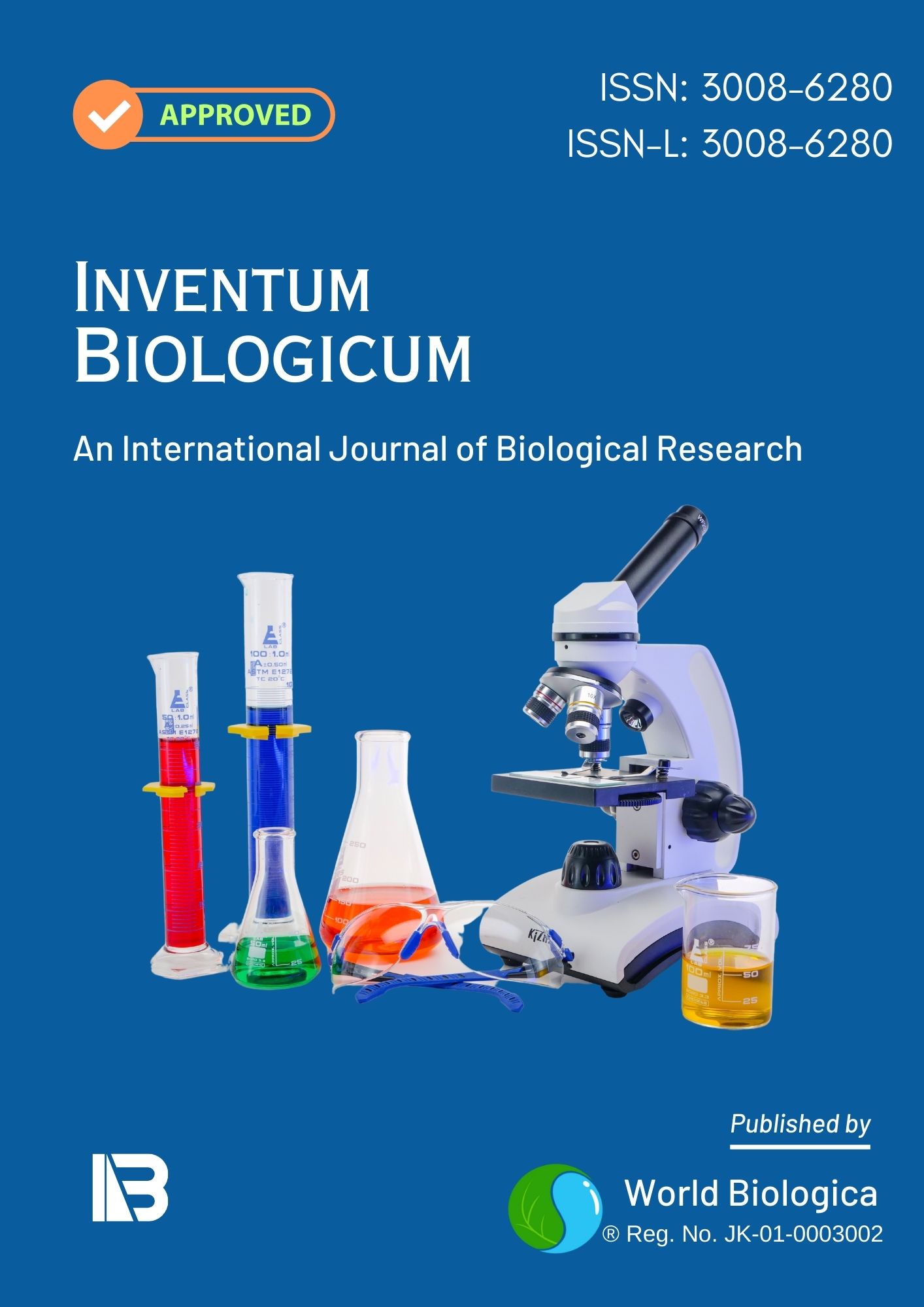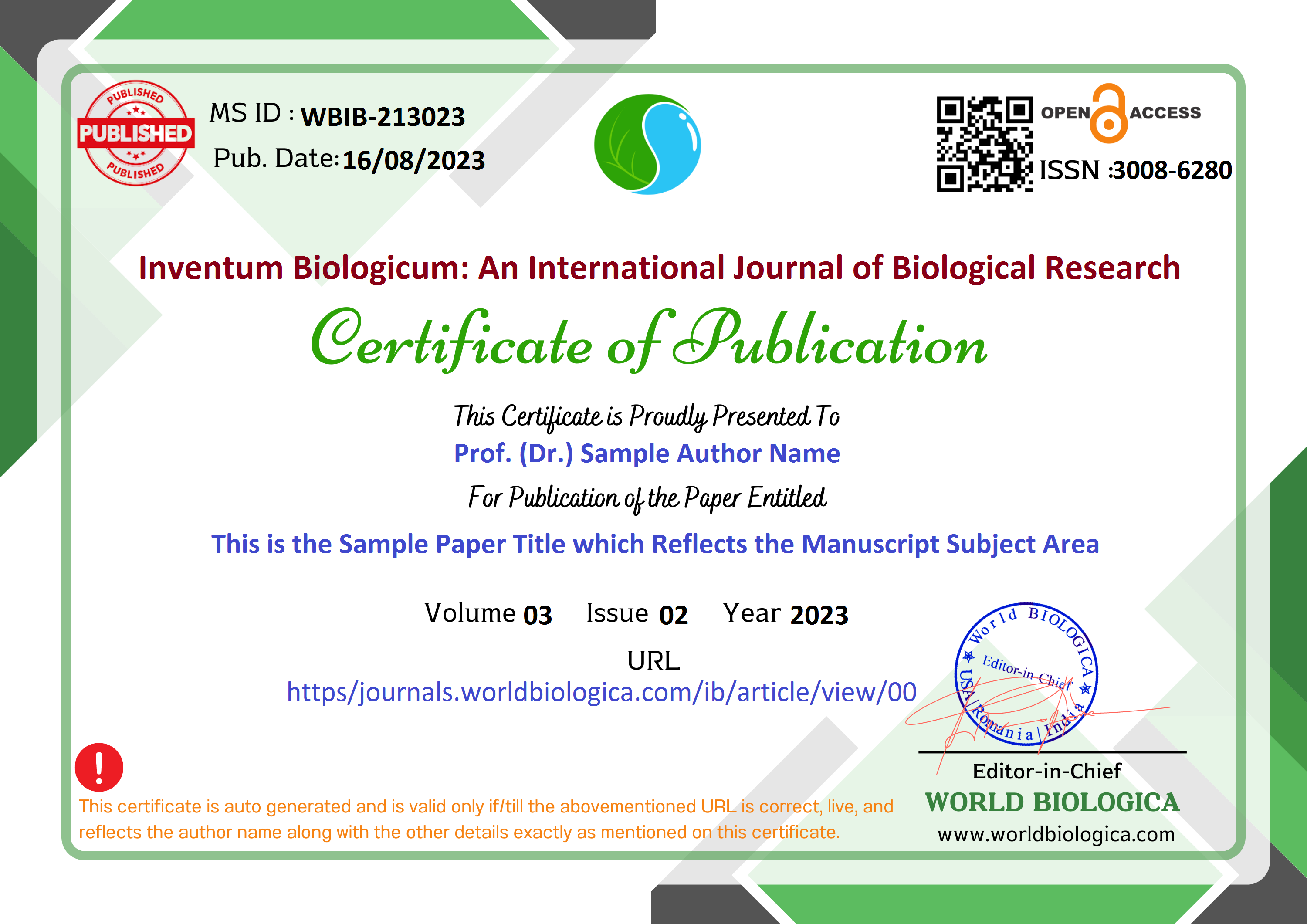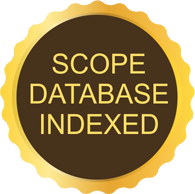Role of Phosphorous Solubilizing Microbes and their Interaction with Microbial Fuel Cell for the Reduction of Phosphorous in Eutrophic Aquatic Ecosystem
Keywords:
Microbial Fuel Cell, Phosphorous reduction, Microbial Bioelectrogenesis, EutrophicationAbstract
Phosphorous (P) is one of the major cause for the eutrophication process in all the water bodies. It can be derived from agricultural runoff or from domestic and industrial wastes. The phosphorous concentration content reduction in the sediment and the water was attempted with the help of microbial fuel cell. A comprehensive study was done with the phosphate rich water along with a control. The study involved a 30-day treatment of oxidation catalysis of organic matter by bacteria called Microbial Fuel Cell (MFC) technology that has been conducted to reduce the contamination of phosphorous in the water. The initial parameter measurements of the phosphorous concentration content were found to be reduced by the end of the study when compared with the control. Electricity was also produced as a byproduct as the result of the microbial activity. However, the reduction in the phosphorous concentration content was accomplished with the help of Phosphate Solubilising Microbes such as Actinomyces, Streptomyces. B. mycoides, B. polymyxa, B. coagulans, Anabena sp., Calothrix braunii, Nostoc sp., Scytonema sp., etc. These microorganisms are extracted from the sludge present their natural aquatic environments such as ponds and lakes. Such microbes are allowed to grow in the anode of the MFC which breakdown both the organic and inorganic phosphates present in the water bodies. These phosphate solubilizing microorganisms with the help of Microbial Fuel Cell (MFC) could be a promising approach for reducing the phosphate concentration in the eutrophic water bodies.
Downloads
References
Alori ET, Glick BR, Babalola OO. Microbial phosphorus solubilization and its potential for use in sustainable agriculture. Frontiers in microbiology. 2017 Jun 2;8: 971.
Bennett EM, Carpenter SR, Caraco NF. Human impact on erodable phosphorus and eutrophication: a global perspective: increasing accumulation of phosphorus in soil threatens rivers, lakes, and coastal oceans with eutrophication. BioScience. 2001 Mar 1; 51(3):227-34.
Sharma SB, Sayyed RZ, Trivedi MH, Gobi TA. Phosphate solubilizing microbes: sustainable approach for managing phosphorus deficiency in agricultural soils. SpringerPlus. 2013 Dec 1;2 (1):587.
Stewart JW, Tiessen H. Dynamics of soil organic phosphorus. Biogeochemistry. 1987 Feb 1; 4(1):41-60.
Gupta R, SINGAL R, SHANKAR A, KUHAD RC, SAXENA RK. A modified plate assay for screening phosphate solubilizing microorganisms. The Journal of General and Applied Microbiology. 1994; 40(3):255-60.
Kishore N, Pindi PK, Reddy SR. Phosphate-solubilizing microorganisms: a critical review. InPlant biology and biotechnology 2015 (pp. 307-333). Springer, New Delhi.
Ichihashi O, Hirooka K. Removal and recovery of phosphorus as struvite from swine wastewater using microbial fuel cell. Bioresource technology. 2012 Jun 1; 114: 303-7.
Tao Q, Luo J, Zhou J, Zhou S, Liu G, Zhang R. Effect of dissolved oxygen on nitrogen and phosphorus removal and electricity production in microbial fuel cell. Bioresource technology. 2014 Jul 1; 164:402-7.
Cusick RD, Logan BE. Phosphate recovery as struvite within a single chamber microbial electrolysis cell. Bioresource technology. 2012 Mar 1; 107:110-5.
Xu P, Xiao E, Xu D, Li J, Zhang Y, Dai Z, Zhou Q, Wu Z. Enhanced phosphorus reduction in simulated eutrophic water: a comparative study of submerged macrophytes, sediment microbial fuel cells, and their combination. Environmental technology. 2018 May 3; 39(9):1144-57.
Qian Y, Shi J, Chen Y, Lou L, Cui X, Cao R, Li P, Tang J. Characterization of phosphate solubilizing bacteria in sediments from a shallow eutrophic lake and a wetland: isolation, molecular identification and phosphorus release ability determination. Molecules. 2010 Nov; 15(11):8518-33.
Gen-Fu W, Xue-Ping Z. Characterization of phosphorus-releasing bacteria in a small eutrophic shallow lake, Eastern China. Water research. 2005 Nov 1; 39(19):4623-32.
Sharma S, Kumar V, Tripathi RB. Isolation of phosphate solubilizing microorganism (PSMs) from soil. Journal of Microbiology and Biotechnology Research. 2011; 1(2):90-5.
Downloads
-
Download PDF
 Abstract Views: 120,
Abstract Views: 120,  Download PDF: 134
Download PDF: 134
Published
How to Cite
Issue
Section
License
Copyright (c) 2024 Inventum Biologicum: An International Journal of Biological Research

This work is licensed under a Creative Commons Attribution-NonCommercial-NoDerivatives 4.0 International License.


















